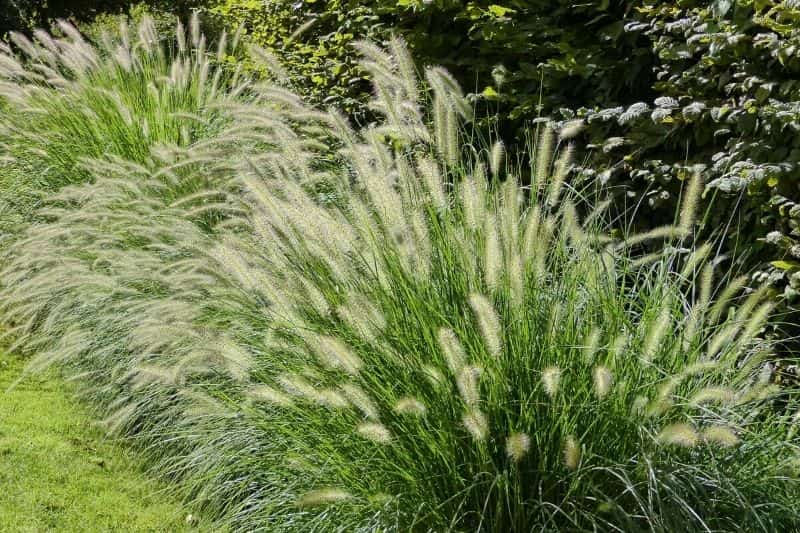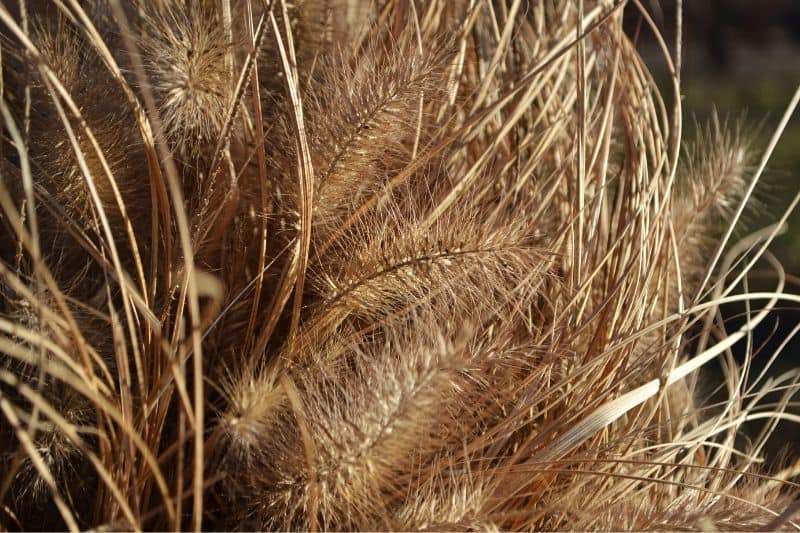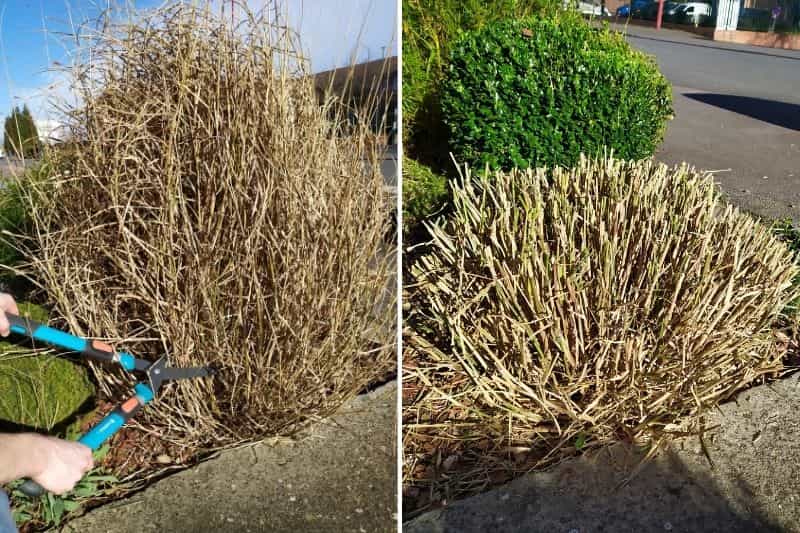Pennisetum is a superb grass, robust, very hardy and easy to grow. It stands out for its flowering in the form of fluffy spikes that ripple in the breeze, earning it the nickname “bottlebrush grass” or fountain grass. Its light silhouette brings natural, structural charm to any garden, whether in a perennial border, a flowering container, a rockery or as edging. Very undemanding, this lovely grass needs only annual pruning to get off to a good start. Discover our tips and technique to succeed in pruning Pennisetum.

Pennisetum alopecuroides 'Hameln'
When to prune Pennisetum?
Pruning Pennisetum is done at the end of winter, in February and March, before growth resumes. Act as soon as crocuses, primroses and cyclamens are in flower or when daffodils begin to appear.
Note that it is best not to prune Pennisetums before the end of winter, as the dry stems then protect the plant from winter cold and frosts. Moreover, even when dried, this pretty grass still decorates the garden.
Do not prune your bottlebrush grass too late, otherwise you risk cutting the new shoots and damaging the upcoming flowering.

Pennisetum remains very decorative, even dried in winter, with its lovely golden colour
How to prune a Pennisetum?
What tools do you need?
To prune bottlebrush grass, you will only need pruning shears or shears. Before use, disinfect your tools with alcohol to avoid spreading disease from one plant to another. Also remember to put on a pair of gardening gloves to avoid cuts caused by the stems.
Why pruning Pennisetum?
Pruning the dry stems allows the plant to renew much more easily, while promoting good ventilation. Visually, the plant will be much more attractive and greener in summer.
Pruning Pennisetum
Pruning Pennisetum is very simple: with shears or pruning shears, cut the clump back to 10 or 20 cm above the soil. Do not cut lower so as to protect the roots from any late frosts.

Cut the clump back entirely to 10 or 20 cm above the soil
You can take advantage of this pruning to divide the stump of your bottlebrush grass. This is in fact the ideal time to carry out this operation. Moreover, dividing will allow you to obtain new plants for the garden or to give as gifts. It also helps to limit, or even reduce, a plant that is taking up too much space. Note that dividing Pennisetums is done every 3 or 4 years.
What to do with the dry stems of my Pennisetum?
Do not throw away the dry stems of your grass; they can be very useful in the garden! You can add them to your compost, bearing in mind that they are part of the "brown" materials. The stems will also make an excellent mulch around the feet of your perennials, your bushes or simply around your bottlebrush grass!
For further reading :
- Discover all our varieties of Pennisetum.
- To learn everything, discover our complete sheet on the Pennisetum - bottlebrush grass: planting, pruning and maintenance.
- Discover 7 ideas for combining Pennisetum in the garden or in a pot
- To choose a choose a Pennisetum, find our buying guide
































Comments